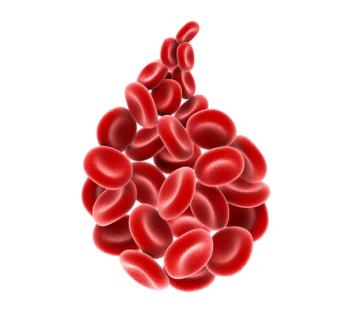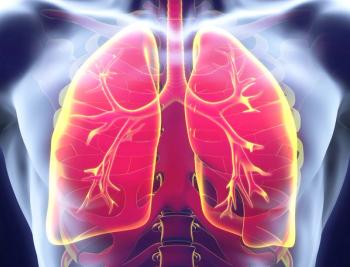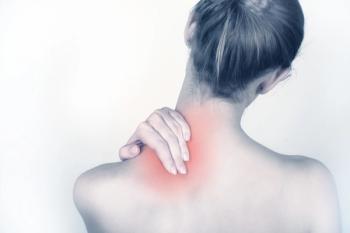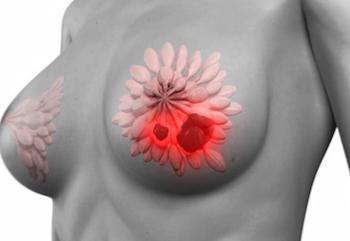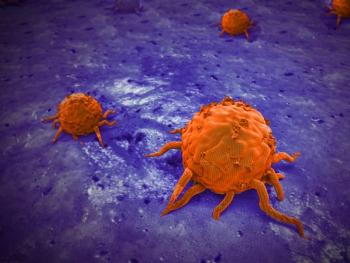
Female AYA Cancer Survivors May Benefit From Increased Physical Activity
The study found that older females with central nervous system tumors had significantly lower vigorous physical activity participation vs their counterparts.
An increased need for vigorous physical activity programs among early adolescent and young adult survivors of cancer from the Childhood Cancer Survivor Study was highlighted in a recent study presented at the
At baseline, 55% of patients achieved at least 6 metabolic equivalence tasks (MET) hours per week, 47% achieved it at timepoint 2, and 43% at timepoint 3. Six MET hours per week was equivalent to three, 15-minute workouts of vigorous physical activity per week.
The factors that were significantly associated with lower vigorous physical activity included being female (P >.001), older age (P = .012), central nervous system diagnosis (P = .002), and complex treatment modalities (P = .032) which included chemotherapy plus radiation plus surgery, chemotherapy plus radiation, or chemotherapy plus surgery.
“These findings highlight a persistent gap in physical activity participation, even years after treatment ended,” Rebecca Hoover, PhD, RN, BSN, assistant professor at Montana State University in the Mark and Robyn Jones College of Nursing, stated in the poster. “This research underscores the urgent need for targeted interventions and support to promote physical activity among early adolescents and young adult cancer survivors.”
Overall, 1400 patients were analyzed for this study. Patients were followed up to 21 years after baseline to determine if vigorous physical activity MET hours per week increased, decreased, or had no change. Additionally, a longitudinal mixed-effects linear regression analysis was used to estimate if there was an association between the cancer characteristics or cohort demographic and vigorous physical activity change.
At baseline, 24.6% of patients were age 20 to 29, 66.5% were 30 to 39, and 8.9% were 40 to 49. At birth, 54.4% of patients were biologically female and 43.6% were male. Additionally, 89.3% of patients were non-Hispanic/White, 5.1% were Hispanic, and 5.5% were categorized as other.
Demographic variables also considered patients who were high school graduates or less (2.3%), some college or vocational school experience (32.3%), or college graduates (65.4%). Patients were employed either full-time (77.5%), part-time (10.7%), unable to work (3.4%), or categorized as other (8.4%).
At diagnosis, 32.8% of patients had Hodgkin’s lymphoma, 20.1% had bone malignancy, and 17.1% had leukemia. Cancer treatment modality included 38.0% receiving chemotherapy plus radiation plus surgery, 26.1% receiving chemotherapy plus surgery, and 11.2% receiving radiation plus surgery.
Patients who were adolescents and young adults were described as those who were aged 15 to 21 years old. The study authors highlighted that these patients accounted for less than 4% of the annual cancer diagnoses, and they have over an 85% 5-year survival rate. The investigators decided to research this patient population because there is minimal research as they are between the pediatric and adult populations.
The objective of the study was to report characteristics such as demographics and cancer-related variables from the early adolescent and young adult survivors in the Childhood Cancer Survivor Study Cohort. Investigators were to describe the vigorous physical activity changes from the survey baseline for all survivors across the 3 time points.
“Adolescent young adults who are female, older within their age group, diagnosed with central nervous system tumors or neuroblastomas, or who have undergone intensive treatment regimens may particularly benefit from the interventions tailored uniquely to them,” Hoover concluded.
Reference
Hoover R, Mayer DK. Longitudinal analysis of vigorous physical activity among survivors of early adolescent and young adult cancer in the Childhood Cancer Survivor Study. Presented at the 2025 Oncology Nursing Society Congress; April 9-13, 2025, Denver, CO. Poster RS30.
Newsletter
Stay up to date on recent advances in the multidisciplinary approach to cancer.


